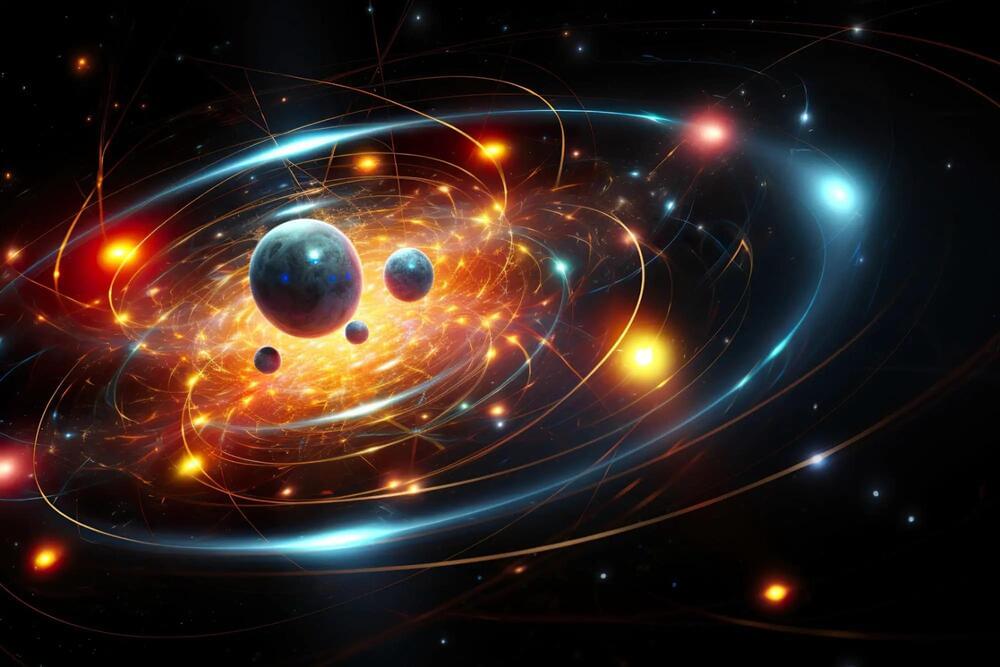During the mid-20th century, scientists discovered that protons have the ability to resonate, akin to the vibrations of a bell. Over the subsequent thirty years, advancements have led to 3D pictures of the proton and significant insight into its structure in its ground state. However, there remains limited knowledge about the 3D structure of a resonating proton.
A recent experiment conducted at the U.S. Department of Energy’s Thomas Jefferson National Accelerator Facility has delved deeper into the three-dimensional structures of both proton and neutron resonances. This research provides one more puzzle piece to the vast picture of the chaotic, nascent universe that existed just after the Big Bang.
The Big Bang is the leading cosmological model explaining how the universe as we know it began approximately 13.8 billion years ago.
